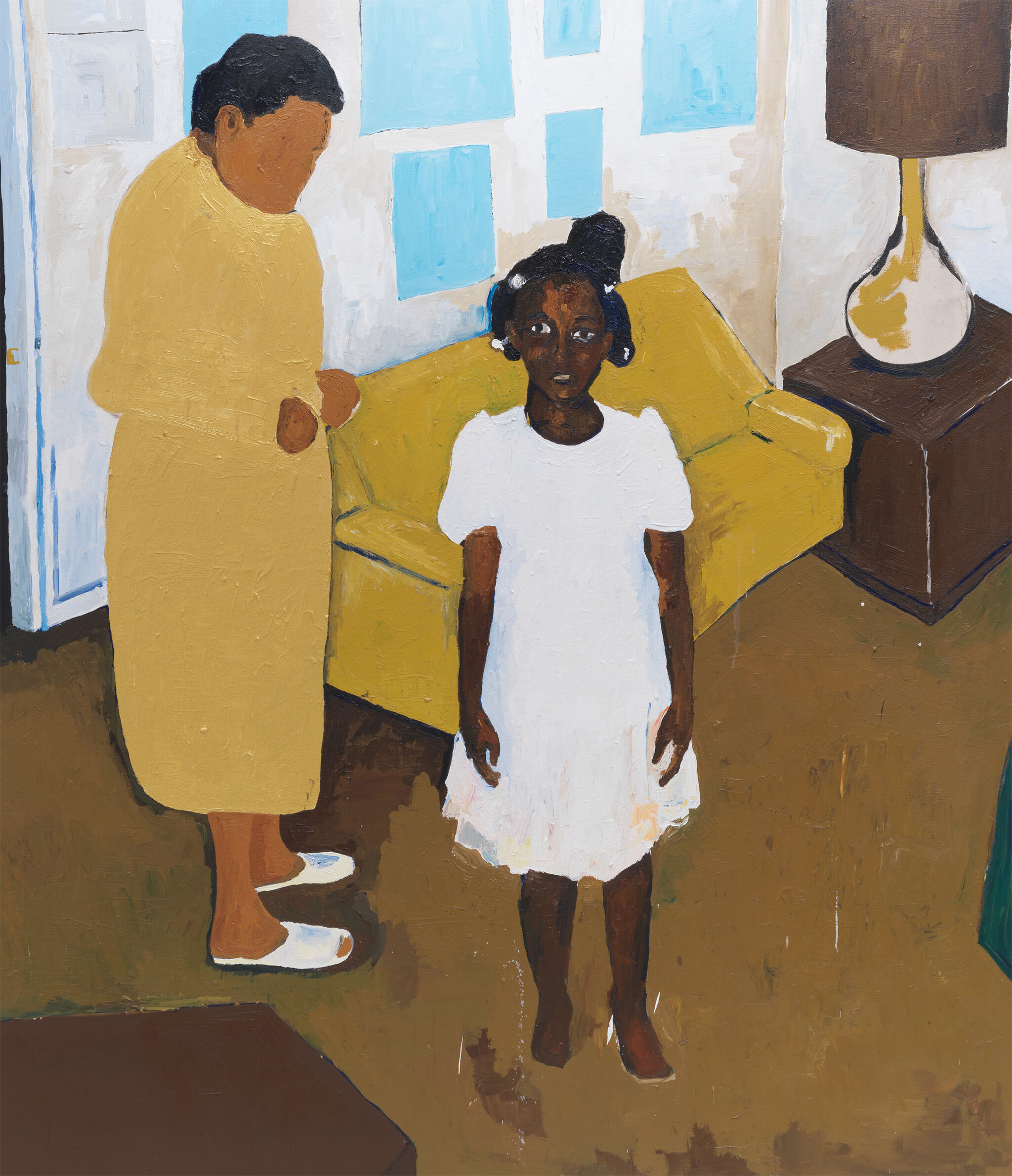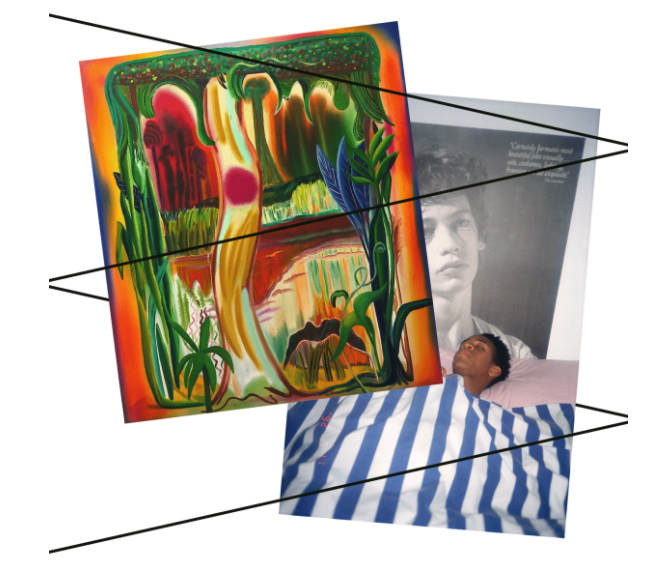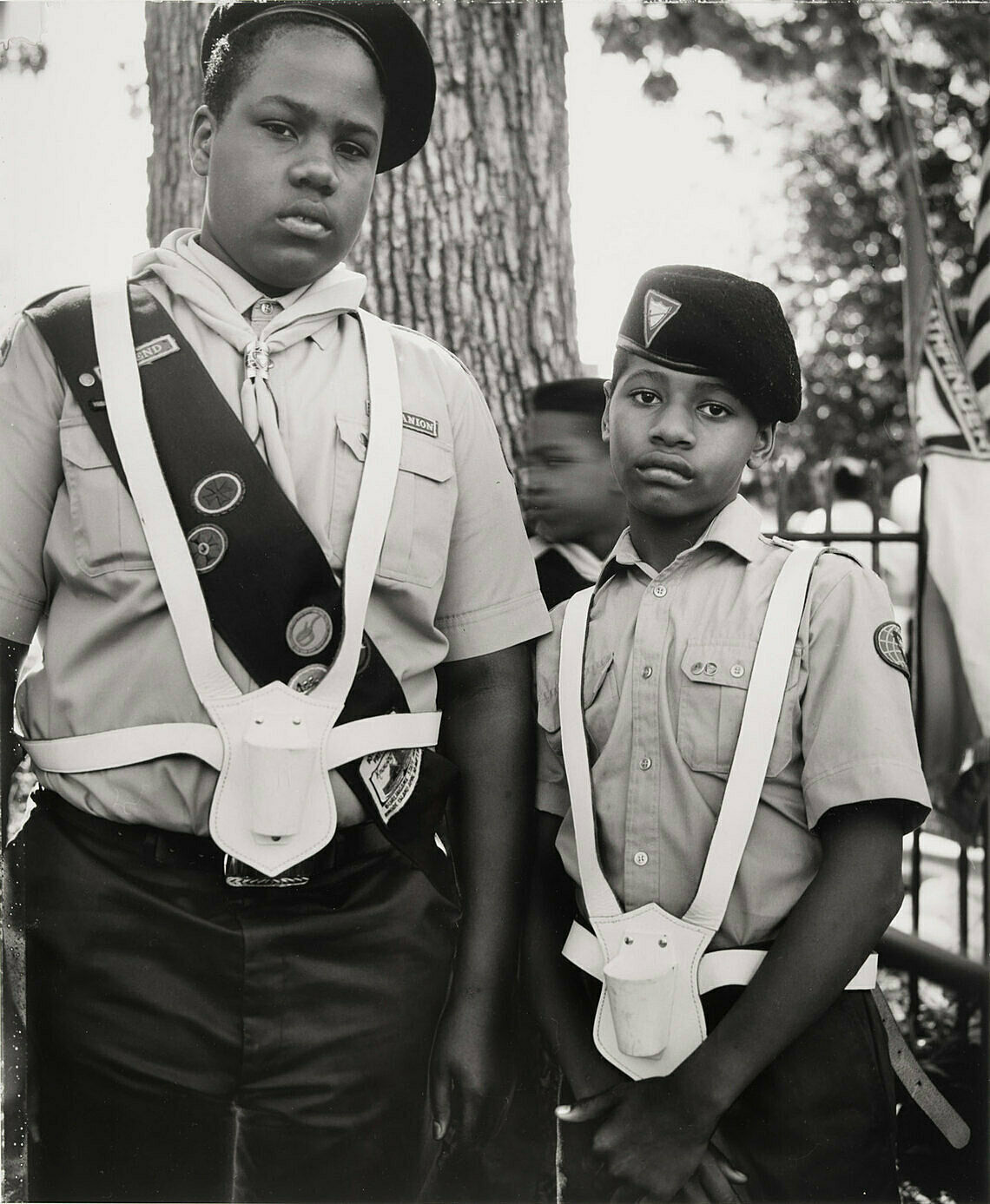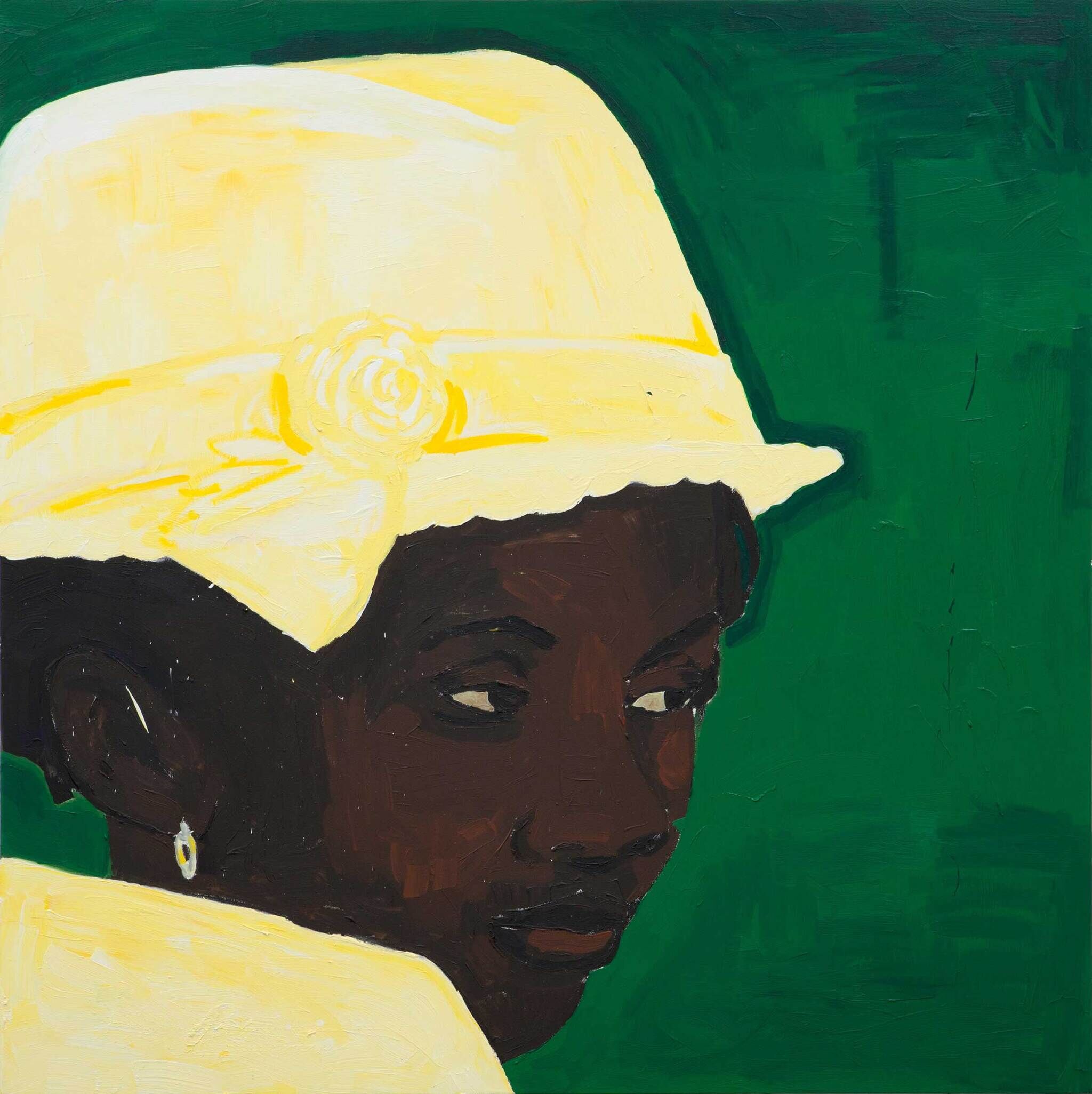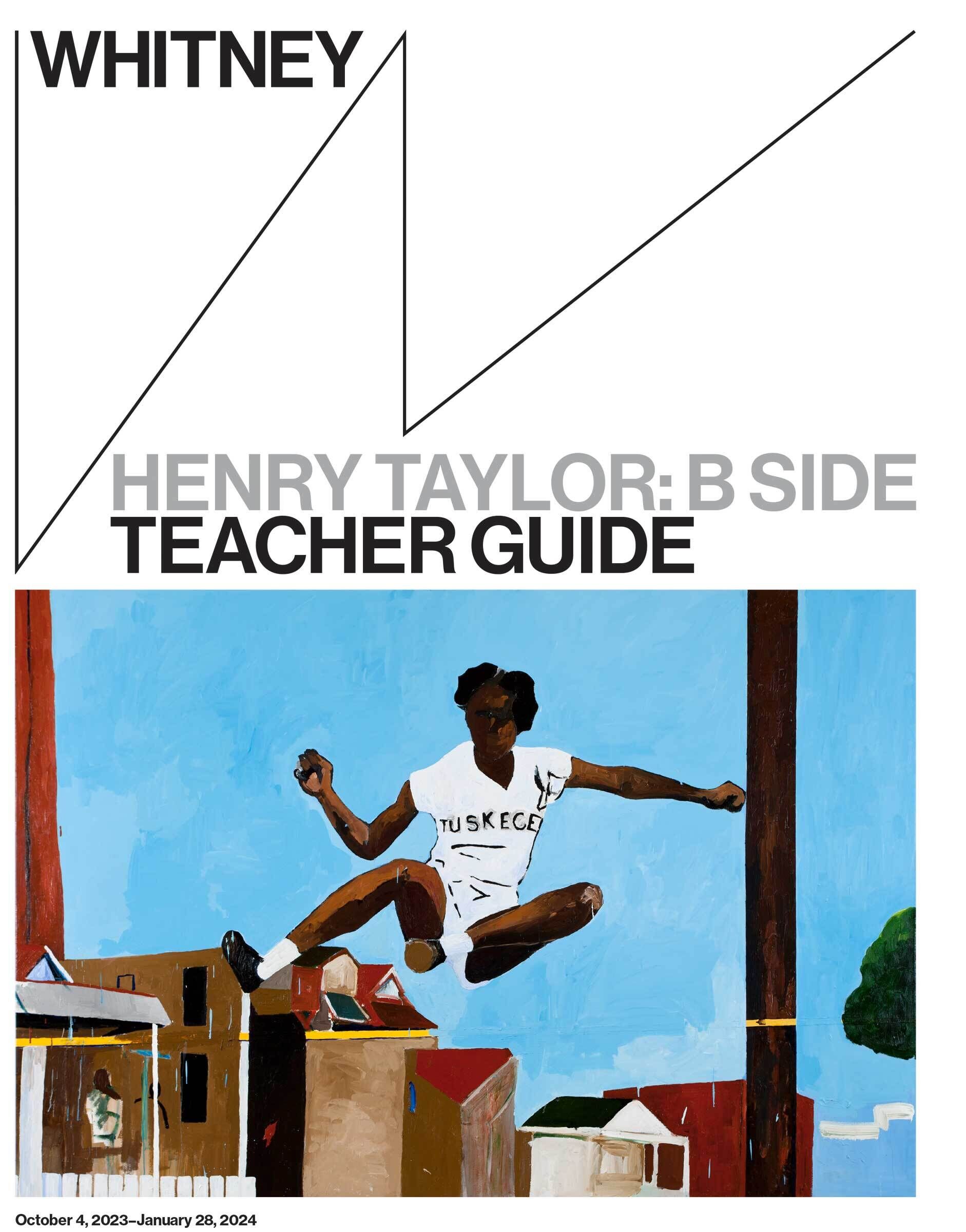Henry Taylor
1958–
Introduction
Henry Taylor (born 1958) is an American artist and painter who lives and works in Los Angeles, California. He is best known for his acrylic paintings, mixed media sculptures, and installations.
Wikidata identifier
Q18343072
Information from Wikipedia, made available under the Creative Commons Attribution-ShareAlike License . Accessed December 4, 2025.
Country of birth
United States
Roles
Artist, painter
ULAN identifier
500333777
Names
Henry Taylor
Information from the Getty Research Institute's Union List of Artist Names ® (ULAN), made available under the ODC Attribution License. Accessed December 4, 2025.

